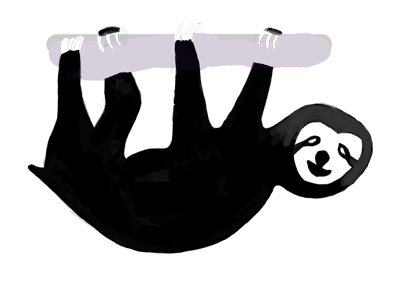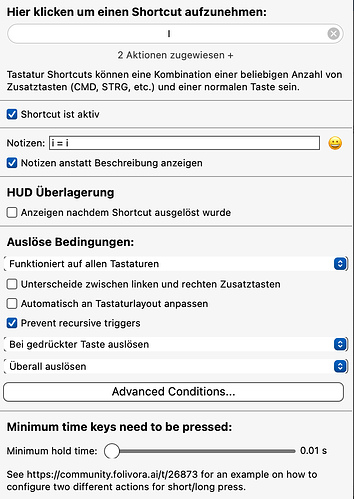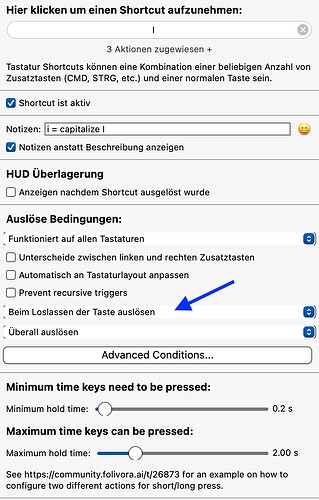... lol... as a grandmaster of useless experiments, I can report the following.
About a year ago I reversed the "normal function" of all letter keys (really all) plus special keys like Enter, Backspace ...
This means that "a" (all letters) is typed when the key is released and long press "a" does something else. As expected, this works perfectly 90% of the time. Because the "normal function" of all letters is reversed, there are no letter twisting when typing, which of course happens when one letter is typed on up and the next on down.
Because all letters are typed when the key is released, there is a slight delay when typing. But I could have gotten used to this in order to trigger another function with long press, which is really elegant if you want to work primarily with the keyboard.
In about 10% of cases, however, something unexpected happens. In my case, this was mainly in browser Vivaldi. I never understood what exactly caused it, but this 10% was so annoying that I had to abandon the experiment.
If you want to keep your fingers on the keyboard but still generate new shortcuts, then I recommend using "shift". This works flawlessly for me and comes close to the original idea. So, shift + a (short, normal) = A. Shift +a a little longer triggers something else. Your fingers stay on the keyboard and your eyes on the screen.
Edit: If you really want to use only one key, then take a look at the "reversed" short/long press method. It works flawlessly for me. The disadvantage, however, is that it is actually a key sequence, not a shortcut. This means that with a long press, the letter is still typed and has to be deleted, which can lead to unexpected problems.
What I will try out are the new keyboard blocking actions with the Space key. So, long press Space blocks the keyboard, then you can trigger something with a letter. And when you release Space, the keyboard is unblocked again. The disadvantage is that in this case Space is typed on release, which can cause the known problems.
No idea if that helps 





